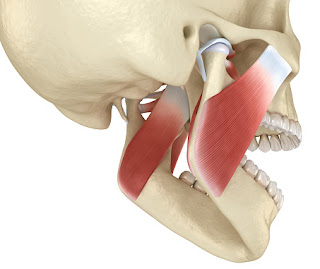Symptoms And Effects Of Fibromyalgia In Women
Still, researchers aren’t sure why women have a higher risk for developing fibromyalgia than men. The only way to test for it is to rule out other possible conditions. Fibromyalgia is a chronic condition that causes fatigue, widespread pain, and tenderness throughout the body. The condition affects both sexes, although women are far more likely to develop fibromyalgia. Between 80 and 90 percent of people who get a diagnosis are women, according to the National Institutes of Health. Sometimes men receive a misdiagnosis because they may describe fibromyalgia symptoms differently.
Women often report higher pain intensity than men. The reasons behind this may be related to hormones, immune system differences, or genes. Read on to learn how different fibromyalgia symptoms and what is the effects of fibromyalgia in women.
Symptoms of fibromyalgia
The primary symptoms of fibromyalgia are:
Widespread pain throughout the body
A heightened, painful response to pressure at many tender points on the body
Individuals with fibromyalgia may also experience these symptoms:
Moderate to severe fatigue
Difficulty sleeping
Joint stiffness
Headaches
Tingling, numbness or a burning or prickling sensation in hands and feet
Painful menstrual periods
Irritable bowel
Problems with thinking and memory
Fibromyalgia Diagnosis
There are no blood tests or X-rays that specifically point the doctor to the diagnosis of fibromyalgia. Tests are often done to exclude other possible diagnoses. Other lab tests may be performed to rule out other possible conditions. Once a doctor completes diagnostic tests, the following criteria will be used to determine if a fibromyalgia diagnosis is appropriate:
Pain has been widespread in all four quadrants of the body
Pain has been present for at least three months
There is no other disease that would be causing these symptoms
Treatments
You may need to take several different types of medicines for fibromyalgia, including painkillers and antidepressants.
Other treatment options
These include:
swimming, sitting or exercising in a heated pool or warm water
an individually tailored exercise programme
cognitive behavioural therapy (CBT) – a talking therapy that aims to change the way you think about things, so you can tackle problems more positively
psychotherapy – a talking therapy that helps you understand and deal with your thoughts and feelings
relaxation techniques
psychological support – any kind of counselling or support group that helps you deal with issues caused by fibromyalgia
Alternative therapies
Some people with fibromyalgia try complementary or alternative treatments, such as:
acupuncture
massage
manipulation
aromatherapy
There's little scientific evidence that such treatments help in the long term. But some people find certain treatments help them relax and feel less stressed, allowing them to cope with their condition better.Research into some complementary medicines, such as plant extracts, has found they're not effective in treating fibromyalgia.
If you decide to use any complementary or herbal remedies, check with your GP first. Some remedies can react unpredictably with other medication or make it less effective.




Comments
Post a Comment